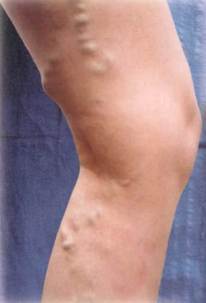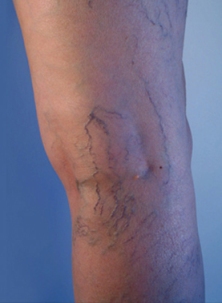Spider veins and varicose veins are highly distinguished in their own respective ways. Let us run through some of the known differences between the two.
The Differences
Varicose veins
1. The size of the veins is larger, up to 4mm to 5mm in size.
2. These veins are often blue in color and are found bulging.
3. These veins are typically symptomatic.
4. Varicose veins develop when valves of blood vessels either get weakened or damaged and can no longer regulate the flow of blood.
5. Varicose veins usually deal with major veins of legs and generally related to feet and legs.
6. These veins cause pain, and due to intense pain, leg ulcers may develop.
7. Varicose veins are known to cause numbness, heaviness and fatigue in the legs..
8. When they are left untreated, some health issues such as circulatory problems may develop.
9. Treatment is considered to be necessary, and therefore is usually covered in insurance.
Spider veins
1. The size of the veins is much smaller than Varicose veins, up to 1mm in size.
2. Usually they are red and purple in color, and are flat (not bulging).
3. These veins are typically asymptomatic.
4. Spider veins develop due to strenuous activities or injury, excessive sun exposure, hormonal imbalances, pregnancy, hereditary or weight fluctuations.
5. Spider veins are always on the surface of the skin. Can develop anywhere whether its legs, face, nose or ankles.
6. These veins seldom cause pain, and become painful when women are in their menstruation cycle.
7. Spider veins are known to cause a burning and itching sensation, and are most commonly found on legs and face.
8. Most often are cosmetic in nature.
9. Often, not always, treatment is optional and is not covered in insurance.


After I gave birth to my second son, varicose and spider veins started to appear on my legs. Actually, I was really worried so I went to the doctor as soon as I could he recommended dermal MD treatment for varicose veins, and it is amazing!